Japanese Class Teaches More Than Language
Ogata Kenzan (Kyoto, 1663 – Tokyo, 1743) Hojas de yedra en otoño (posterior a 1732) Período Edo (1615-1868) MET (Nueva York). Wiki Commons.
November 19, 2017
Tracy Lin, a current student in Mr. Masuda’s Japanese class at Kalani High School, answered a series of questions about the elective. Transcription has been lightly edited for clarity and grammar.
Question: Describe what the class is about? What does a typical class look like? What kinds of activities do you do? Are there lots of group-work, lectures, independent work, presentations?
Japanese class is not only about learning the Japanese language, but also the Japanese culture, traditions, and much more. A typical Japanese language class looks like a large class similar to a big family. As the year goes on, you create friendships with your classmates while learning a whole new language.
Some activities in this class are partner and group work, class activities, cultural activities, and group competitions to study for an upcoming test. There is definitely a lot of independent work, such as homework and memorizing vocabulary and grammar patterns, but there is also time to learn with your classmates. As for the lectures, they are not long, but there is a lot of material that is taught. For projects, we usually have group or solo presentations where we speak in Japanese and/or English, or small projects such as kanji drawings where we create a picture using the actual character.
Question: How is the class graded? What do you like about the teacher and/or how the class is taught?
The grade you receive in this class is based on homework, classwork, quizzes, tests, and projects, although categories such as tests and projects have a heavier influence on your grade. The teacher is well-rounded in the Japanese language and culture, so the students are able to learn the Japanese language at a pace that is adjusted for the benefit of the entire class. The class is mainly taught by the teacher, but students are responsible for actually learning and memorizing all the material. Our resources are worksheets provided by the teacher that list all the vocabulary for the chapter, grammar patterns that we take in our notebooks, and workbooks that help students to understand the material well.
Question: Would you take the class again? Why?
I would definitely take the class again because each year your knowledge of the language continues to build. The first year of Japanese is a good introduction on the basics of the Japanese language, but every year, the class goes more in-depth into Japanese, and students have a chance to learn more vocabulary, grammar patterns, and culture. Also, students are required to attend a Japanese community event, and later on, volunteering at the events, which are very helpful in seeing what Japanese holidays and festivals look like. Now, in Japanese III, I am developing my knowledge of the Japanese language and learning more and more each day, and am so glad to have taken Japanese as a foreign language.

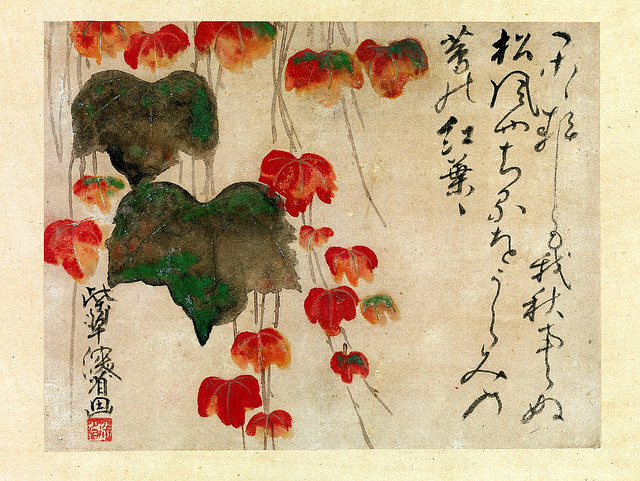

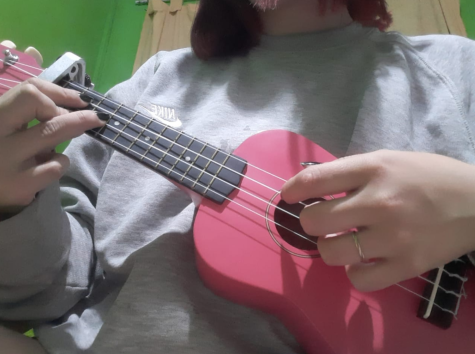
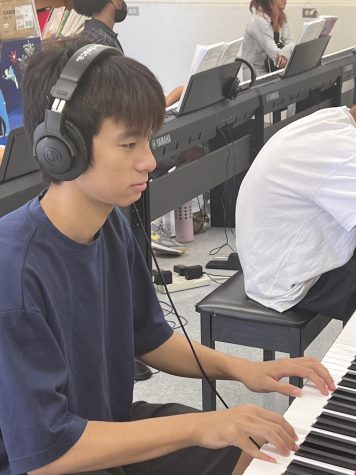
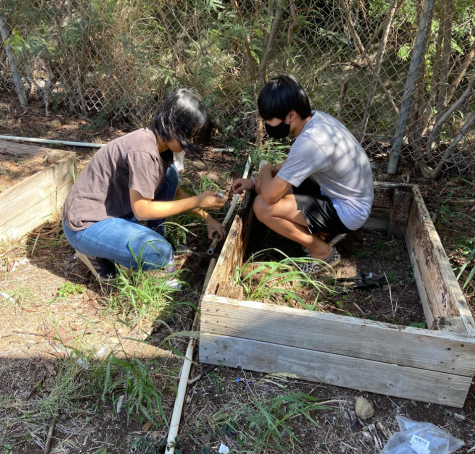
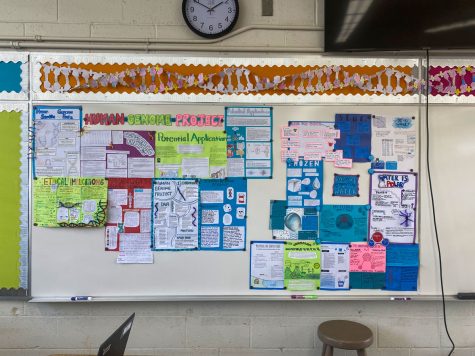

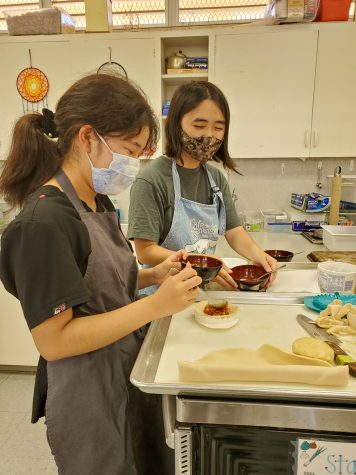
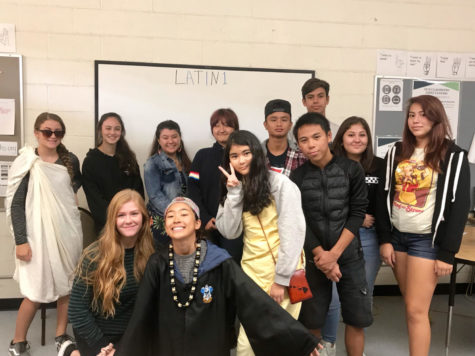

![User Mike1024 on en.wikipedia [Public domain], via Wikimedia Commons](https://www.kaleookalani.org/wp-content/uploads/2018/11/Screen-Shot-2018-11-16-at-8.28.11-AM-357x475.png)